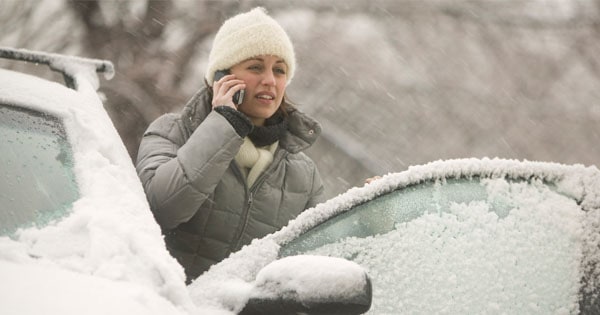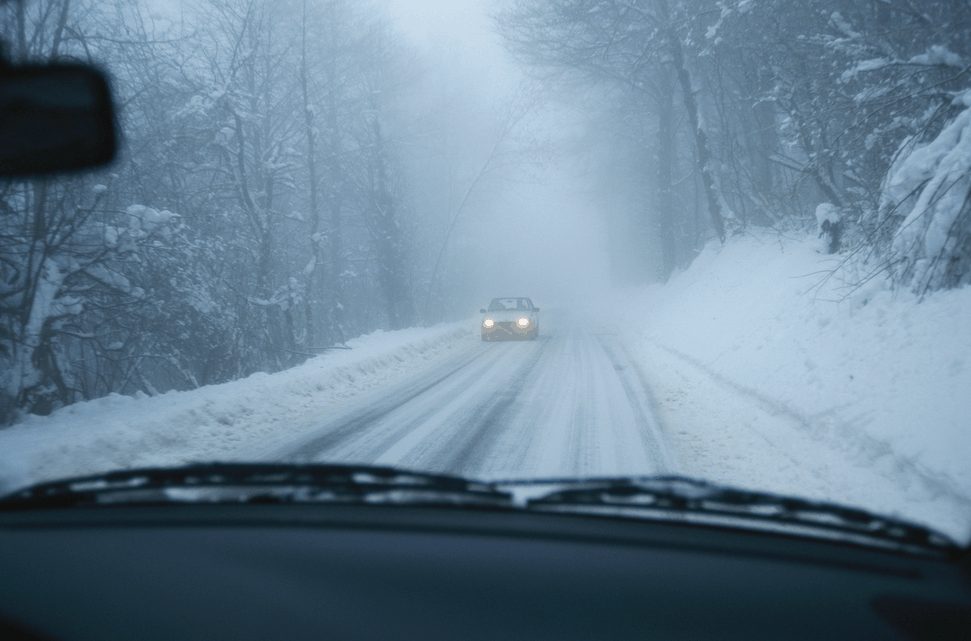
Driving in the winter can be dangerous. Even the slightest bit of snow and ice on the road can make for stressful conditions. To help all you drivers out there get ready for treacherous roads, here are some tips on how to safely drive in snow:
1. Driving in snow means driving slow.
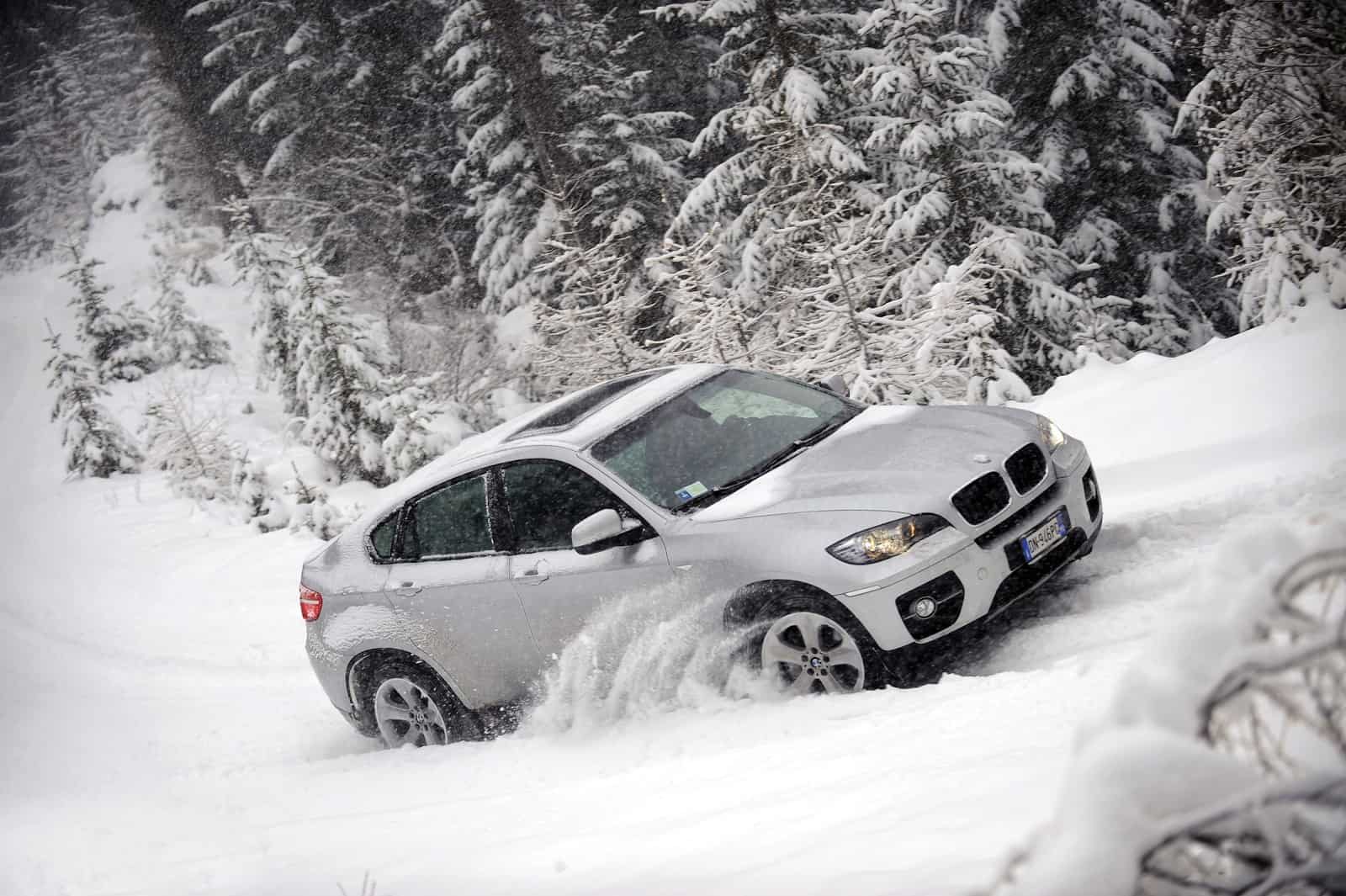
Always drive slowly on snow-covered roads. It’s very easy to slip and skid during the winter time, since it’s a lot easier to lose traction in snow. It’s even easier to lose traction when you accidentally drive on ice concealed under the snow or black ice, so drive slow!
2. Keep calm in a skid. Don’t panic!
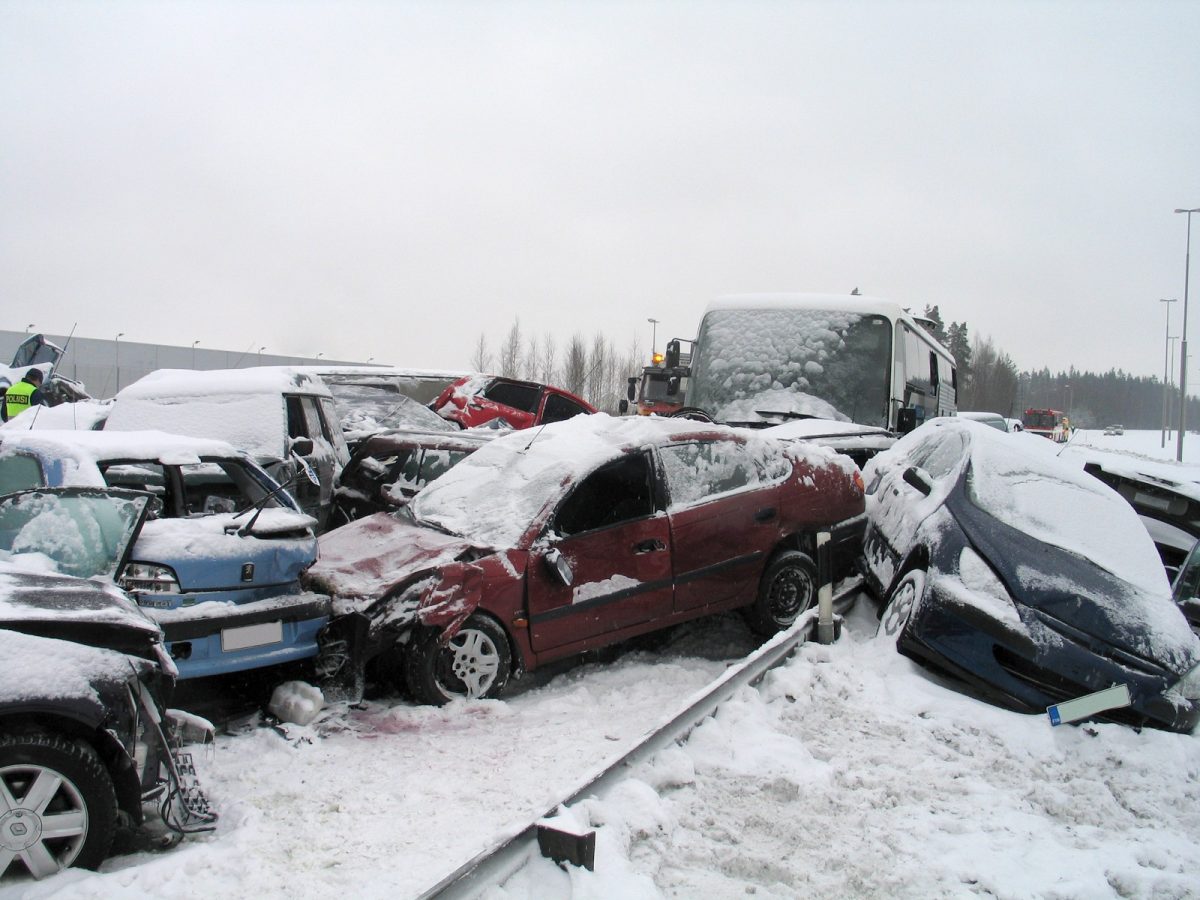
If the back end of your car starts going off on its own, it’s best to steer your car in the same direction it skids. Doing so will help restore traction and regain control.
3. Keep your distance from other cars.
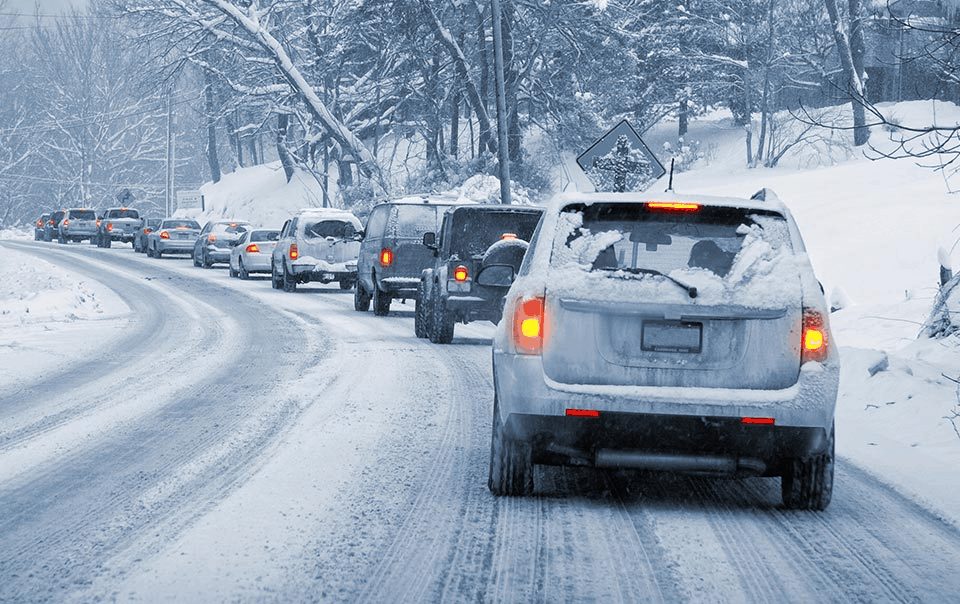
Did you know that stopping on an icy road takes 10 times longer than stopping on a dry one? According to a report by The Telegraph, having as much as 20 seconds between you and the car ahead helps reduce the risk of an accident. You can also increase the distance between you and another car from 8 to 10 seconds rather than the usual 3 to 4. This increased margin of safety gives you enough time to take action to stop or avoid any crashes.
4. Get the proper snow tires for your car.
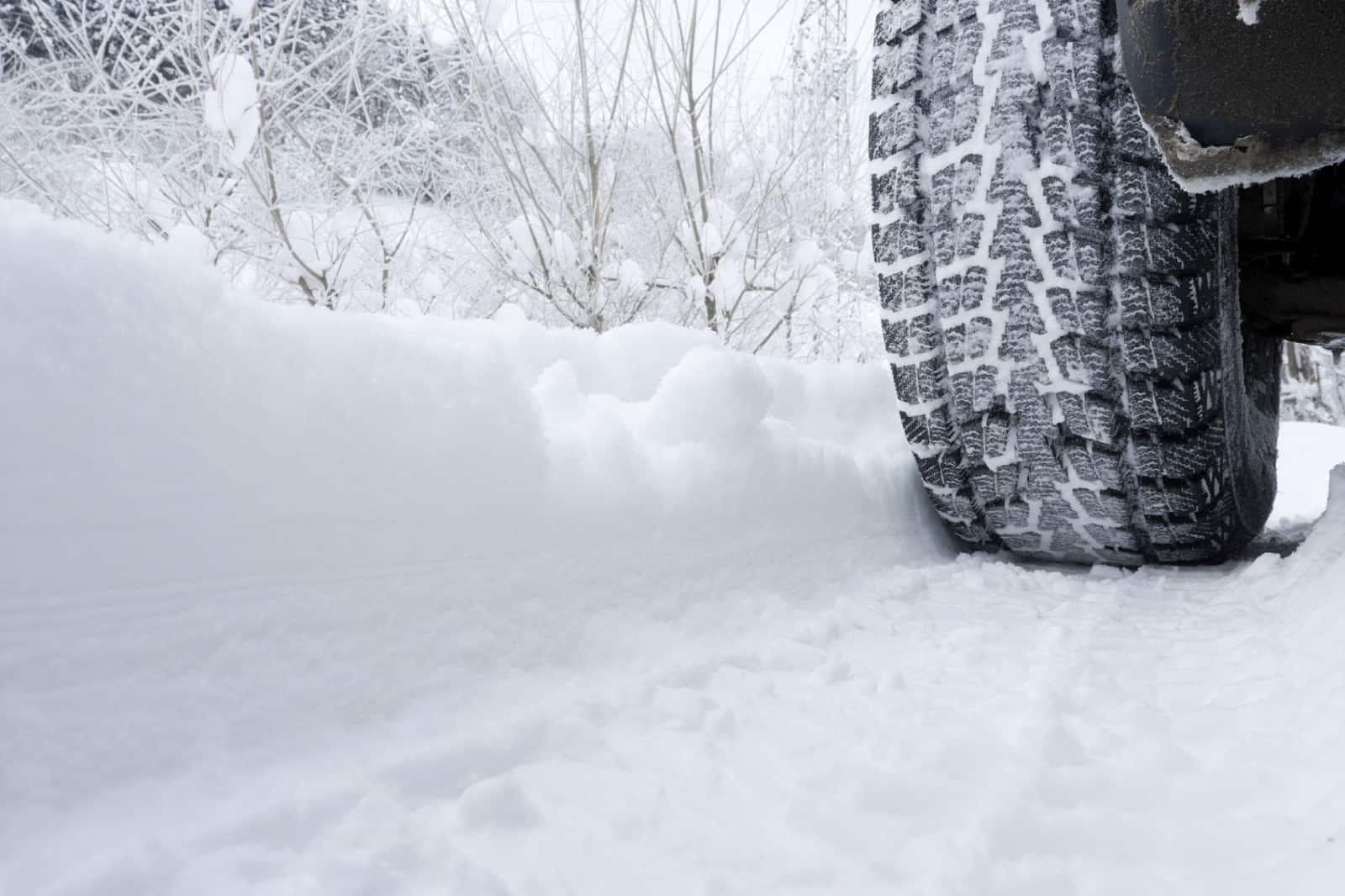
The treads on winter tires are designed for better grip and traction on the surface you are driving on. They will also prevent any snow and slush from possibly building up on your tires.
5. Use your headlights and know when to use your fog lamps.
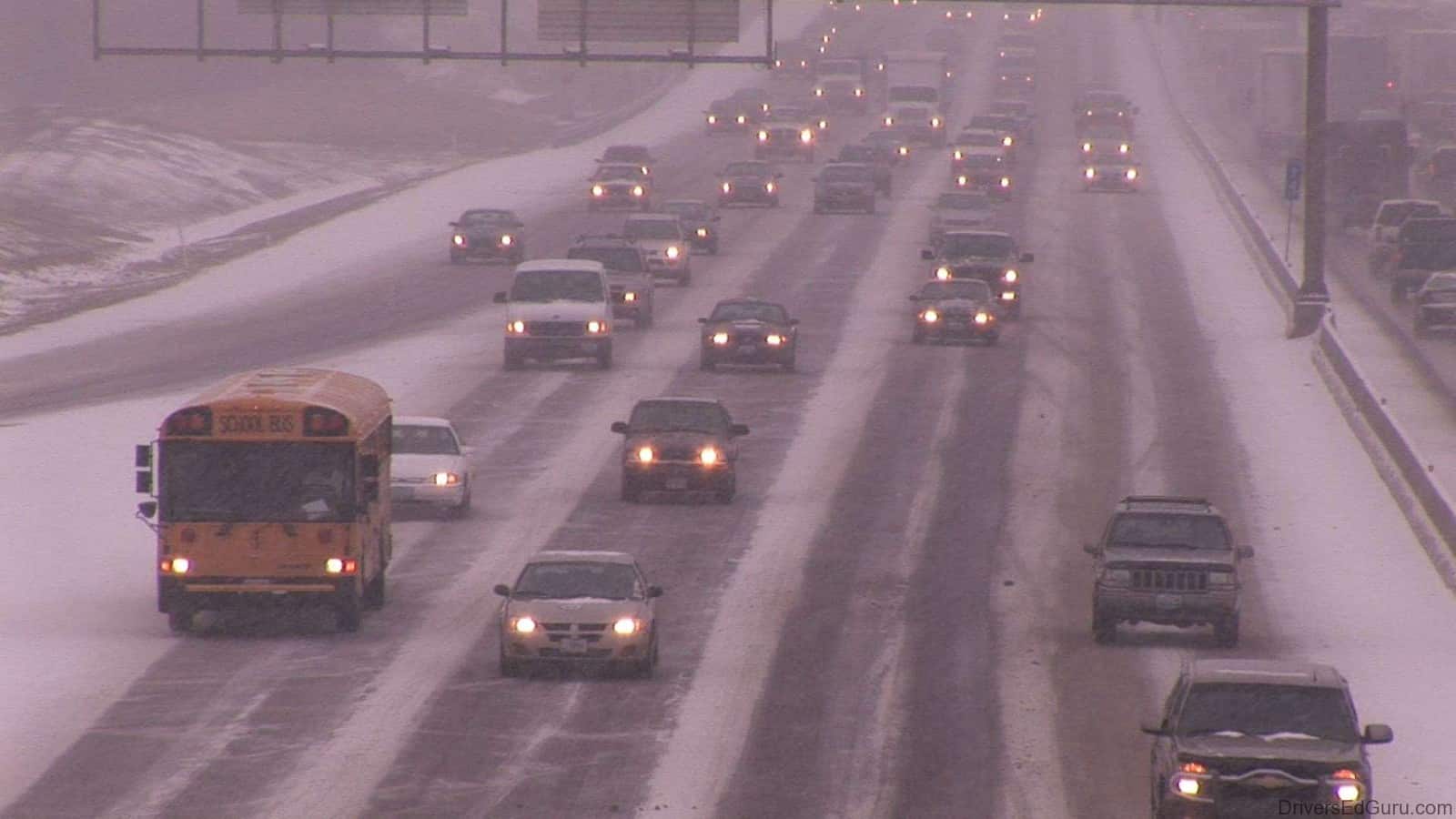
Turning your headlights on can make you more visible, especially when it’s snowing. Snow on the ground can increase glare while snow clouds cause light levels to drop. Snow clouds can also cause mist and murk. Make sure you are visible to everyone around you. If there’s zero visibility, or you can no longer see the car in front of you, then use your fog lamps. Otherwise, turn them off.
6. Keep your windows clear.
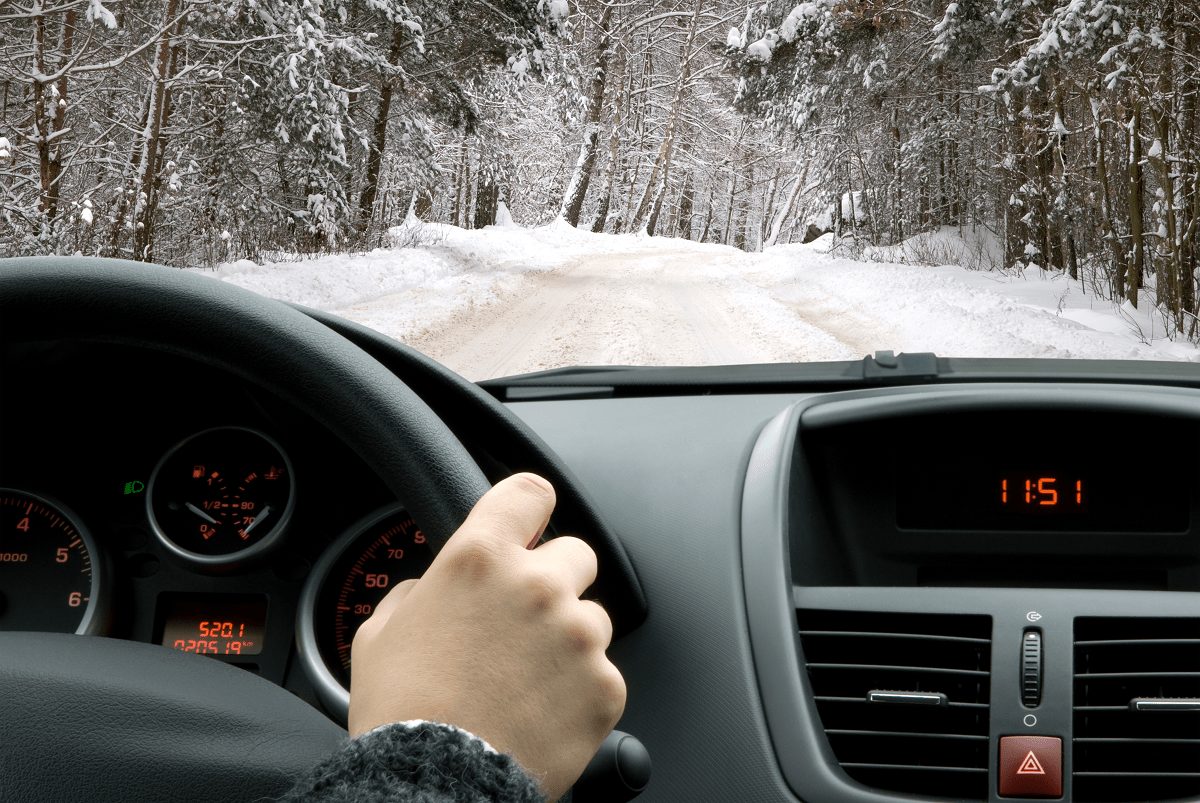
Your windows should be given a thorough wipe-down before you hit the streets. Clear your windshield, rear, and side windows and check that your wipers aren’t stuck to the screen. Make sure that the inside of the car’s windows are free of mist. It’s easier to stay safe when you can see your surroundings. Learn to de-ice your vehicle with this guide.
7. Have an emergency kit ready.
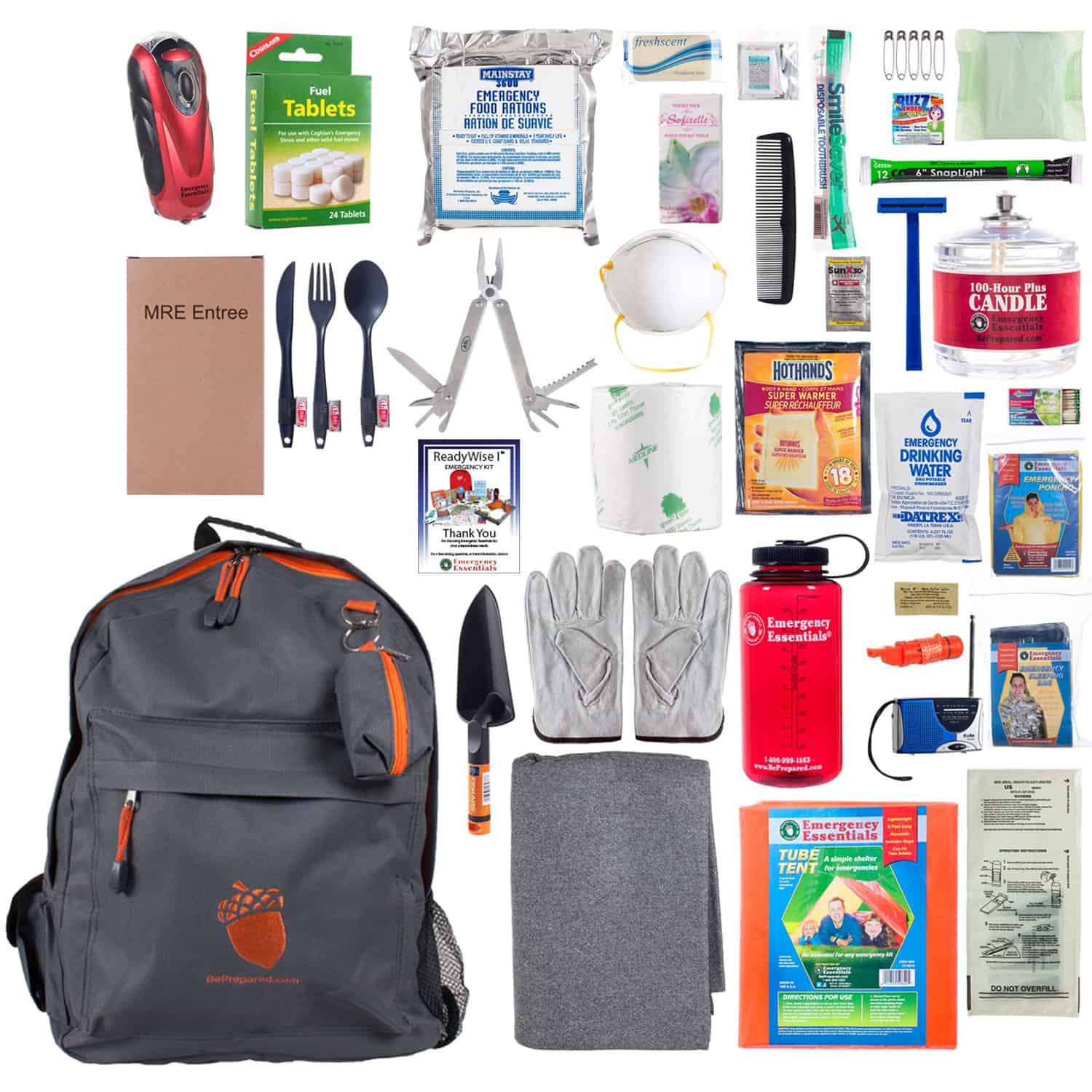
Your emergency kit should include: a blanket, water (in bottles that won’t break if the water freezes), a wind-up flashlight, first aid kit, extra clothing and shoes, a whistle, seat belt cutter, small shovel, scraper, snow brush, roadmaps, and a candle in a deep can and some matches. You should also keep objects in your trunk like: a tow rope, some sand and salt, jumper cables, a fire extinguisher, windshield washer fluid, warning lights or road flares, and antifreeze. Here are some more tips to help you prepare your emergency kit
8. If you don’t have plans, stay home.

Drive only when it’s necessary. If your trip isn’t important or urgent then it’s best to just stay at home.

